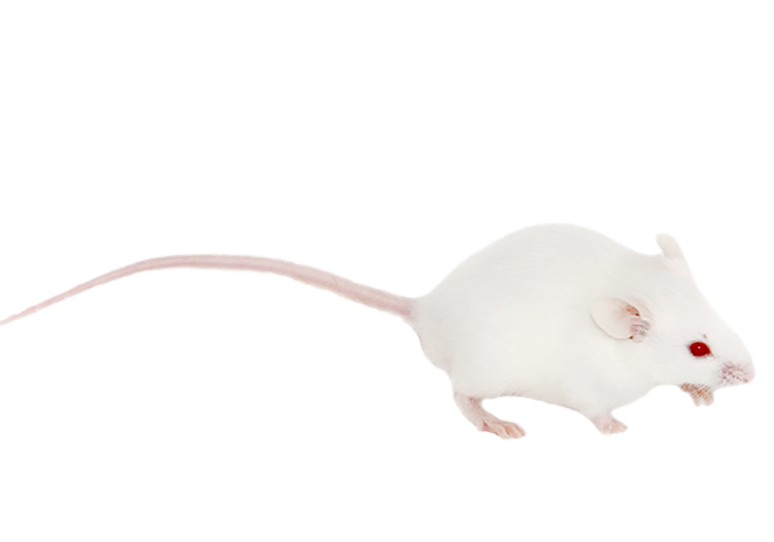NIH mice
resistance to diseases.

Introduction: it was cultivated by the National Institutes of health. Small size, fast growth and reproduction, convenient feeding and management, strong adaptability to the environment and
resistance to diseases. The survival rate of litter is high and the males are aggressive. It is widely used in pharmacology, toxicology and bacteria
Scientific research and the verification of biological products and drugs.
General biological characteristics: closed group animals with albino hair color. It is a widely used experimental animal in the world. Reproductive performance: the reproductive rate is high,
the pregnancy rate is 92 ~ 98%, and the average litter size is 6 ~ 15
Main applications:
(1) Pharmaceutical research
(2) Tumor research
(3) Research on virus, bacteria and Parasitology
(4) Genetics and genetic disease research
(5) Research on endocrine diseases
(6) Gerontology and Geriatrics Research
(7) Family planning research
(8) Radiological research

